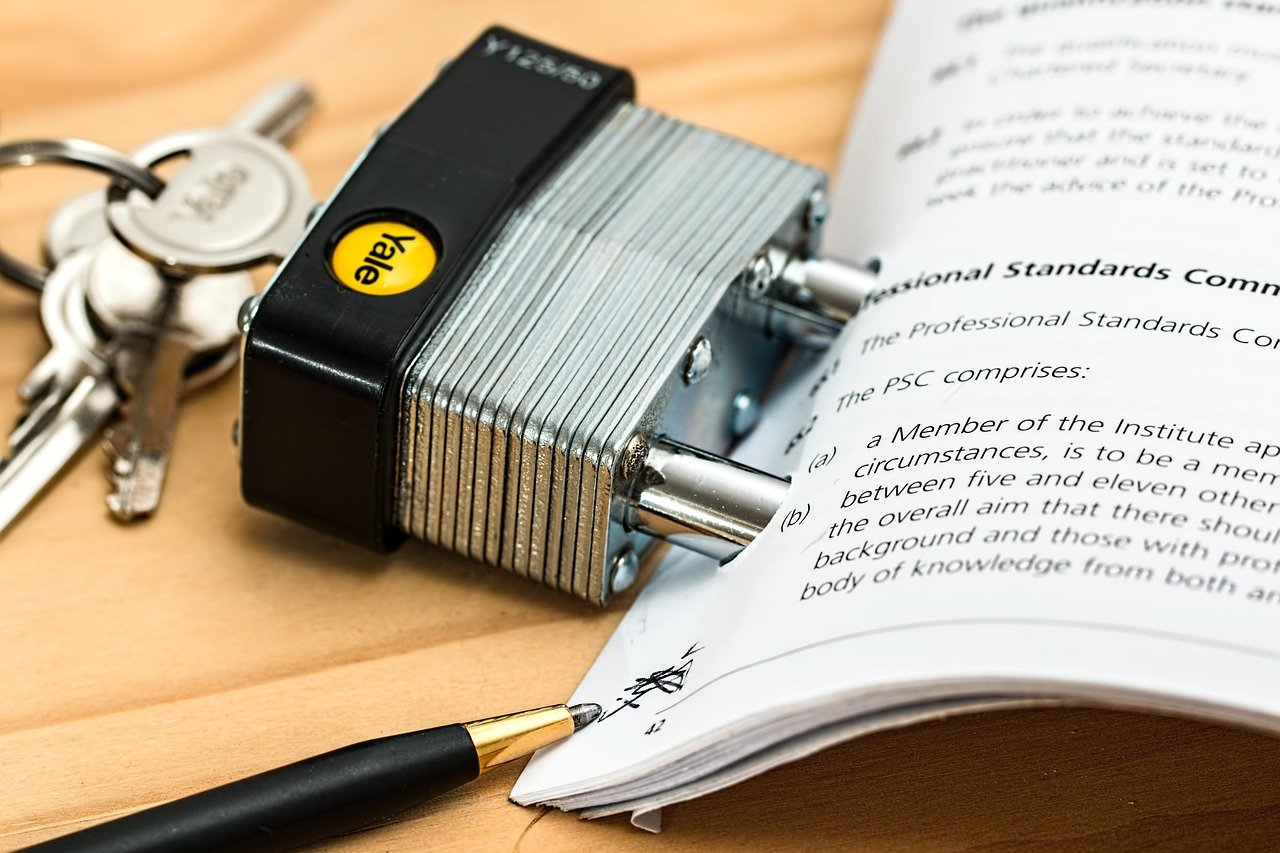Struggling to keep up with your bills? Overwhelmed by credit card debt, student loans, or other financial obligations? You’re not alone. Millions of Americans grapple with debt management every day. The good news is that with the right strategies and resources, you can regain control of your finances and pave the way to a debt-free future. This guide provides a comprehensive overview of debt management, offering practical tips and actionable steps to help you conquer your debt.
Understanding Your Debt Situation
Assessing Your Current Debt
The first step towards effective debt management is understanding exactly what you owe. This involves a thorough assessment of all your debts.
- List all your debts: Create a spreadsheet or use a notebook to list every debt you have, including credit cards, student loans, personal loans, mortgages, and any other outstanding balances.
- Include key information: For each debt, note the creditor, the outstanding balance, the interest rate, and the minimum monthly payment.
- Calculate your total debt: Add up all your outstanding balances to get a clear picture of your total debt burden.
- Example: Let’s say you have a credit card with a $5,000 balance at 18% interest, a student loan with a $10,000 balance at 6% interest, and a personal loan with a $2,000 balance at 12% interest. Your total debt is $17,000.
Calculating Your Debt-to-Income Ratio (DTI)
Your Debt-to-Income (DTI) ratio is a key metric that lenders use to assess your creditworthiness. It’s also a helpful indicator of your financial health.
- Calculate your gross monthly income: This is your total income before taxes and other deductions.
- Calculate your total monthly debt payments: This is the sum of all your monthly debt payments (excluding housing costs, if calculating for a mortgage application).
- Divide your total monthly debt payments by your gross monthly income: The result is your DTI ratio, expressed as a percentage.
- Example: If your gross monthly income is $4,000 and your total monthly debt payments are $1,000, your DTI ratio is 25% ($1,000 / $4,000 = 0.25). A lower DTI ratio generally indicates better financial health.
Developing a Debt Management Plan
Choosing the Right Strategy
Once you understand your debt situation, you can develop a plan to tackle it effectively. Several strategies are available, each with its own pros and cons.
- Debt Snowball Method: This method focuses on paying off the smallest debt first, regardless of interest rate. This provides quick wins and psychological motivation.
Example: If you have debts of $500, $1,000, and $2,000, you’d focus on paying off the $500 debt first, then the $1,000 debt, and finally the $2,000 debt.
- Debt Avalanche Method: This method prioritizes paying off the debt with the highest interest rate first. This saves you the most money in the long run.
Example: If you have debts with interest rates of 12%, 15%, and 18%, you’d focus on paying off the debt with the 18% interest rate first.
- Balance Transfer: Transferring high-interest credit card balances to a card with a lower interest rate or a 0% introductory APR can save you significant money on interest.
Example: If you have a $3,000 balance on a credit card with an 18% interest rate, transferring it to a card with a 0% APR for 12 months could save you hundreds of dollars in interest charges.
- Debt Consolidation Loan: This involves taking out a new loan to pay off multiple existing debts. Ideally, the new loan has a lower interest rate and a fixed repayment term.
Example: If you have several high-interest credit cards, you could take out a personal loan with a lower interest rate and use it to pay off all your credit card balances.
- Debt Management Program (DMP): Offered by credit counseling agencies, a DMP involves working with a counselor to create a debt repayment plan and negotiate lower interest rates with creditors.
Note: DMPs often involve closing your credit card accounts.
Budgeting and Tracking Expenses
A budget is a critical tool for managing your finances and paying down debt.
- Create a budget: Track your income and expenses to see where your money is going. Use budgeting apps, spreadsheets, or traditional pen and paper.
- Identify areas to cut spending: Look for areas where you can reduce expenses, such as dining out, entertainment, or subscriptions.
- Allocate extra funds to debt repayment: Once you’ve identified areas to cut spending, use those extra funds to make additional payments on your debts.
- Example: You might cut back on eating out by $100 per month and use that $100 to make an extra payment on your credit card debt.
Leveraging Credit Counseling and Debt Relief Options
Working with a Credit Counseling Agency
Credit counseling agencies offer various services to help you manage your debt.
- Financial Counseling: They provide personalized financial advice and guidance.
- Debt Management Programs (DMPs): They can help you create a debt repayment plan and negotiate lower interest rates with your creditors.
- Education Resources: They offer workshops and online resources on budgeting, credit management, and other financial topics.
- Important Note: Ensure the credit counseling agency is reputable and accredited by organizations like the National Foundation for Credit Counseling (NFCC).
Understanding Debt Settlement and Bankruptcy
Debt settlement and bankruptcy are more drastic options for dealing with overwhelming debt.
- Debt Settlement: This involves negotiating with your creditors to pay a lump sum that is less than the full amount you owe.
Warning: Debt settlement can negatively impact your credit score and may not be successful.
- Bankruptcy: This is a legal process that can discharge some or all of your debts. There are different types of bankruptcy, each with its own requirements and consequences.
Chapter 7 Bankruptcy: Involves liquidating assets to pay off debts.
Chapter 13 Bankruptcy: Involves creating a repayment plan to pay off debts over a period of time.
* Important Note: Bankruptcy has significant long-term consequences for your credit score and financial future. Consult with a qualified attorney before considering bankruptcy.
Maintaining Financial Health After Debt Repayment
Building an Emergency Fund
An emergency fund is essential for protecting yourself from unexpected expenses and avoiding future debt.
- Set a savings goal: Aim to save at least 3-6 months’ worth of living expenses in an emergency fund.
- Automate your savings: Set up automatic transfers from your checking account to a savings account each month.
- Start small: Even saving a small amount each month can add up over time.
- Example: If your monthly expenses are $2,000, aim to save $6,000 – $12,000 in your emergency fund.
Improving Your Credit Score
A good credit score is important for accessing credit at favorable interest rates and for other financial opportunities.
- Pay your bills on time: Payment history is the most important factor in your credit score.
- Keep your credit utilization low: Credit utilization is the amount of credit you’re using compared to your total available credit. Aim to keep it below 30%.
- Monitor your credit report: Check your credit report regularly for errors and inaccuracies. You can get a free copy of your credit report from each of the three major credit bureaus (Equifax, Experian, and TransUnion) once per year at AnnualCreditReport.com.
- Consider becoming an authorized user: If you have a friend or family member with a good credit history, ask if you can become an authorized user on their credit card. This can help improve your credit score.
Conclusion
Taking control of your debt can seem daunting, but with a clear understanding of your financial situation, a well-defined debt management plan, and consistent effort, you can achieve your financial goals. Remember to choose the strategies that best suit your individual circumstances, and don’t hesitate to seek help from reputable credit counseling agencies. Building healthy financial habits after debt repayment will ensure long-term financial stability and peace of mind. Your journey to financial freedom starts now.



